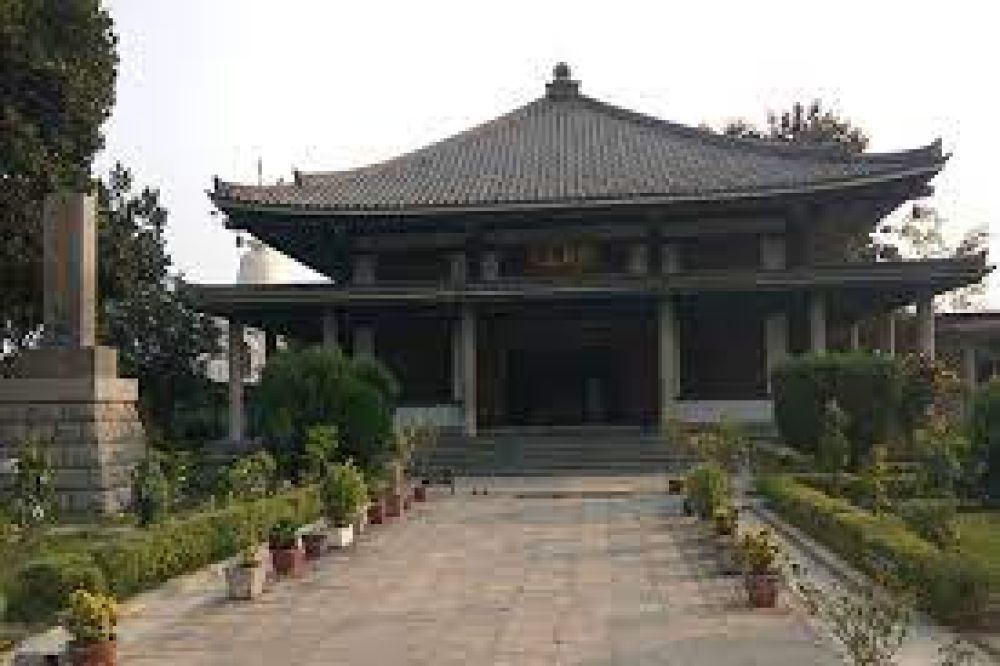The best time to visit Sarnath, and hence the Japanese Temple, is from November to March when the weather is cool and pleasant for sightseeing. Summers can be extremely hot, and monsoons, while lush, can be challenging for travel due to heavy rains. Wintertime also coincides with several Buddhist festivals which could be a culturally enriching experience for tourists.

